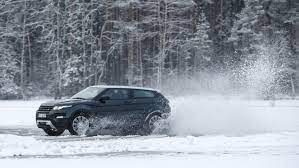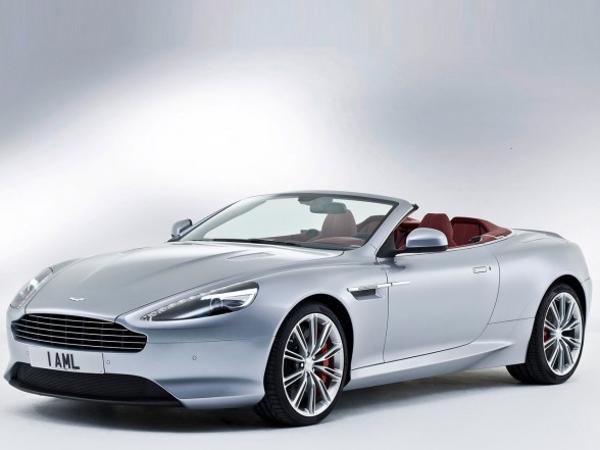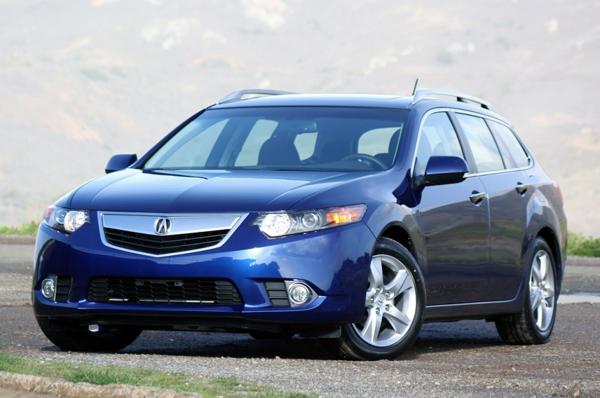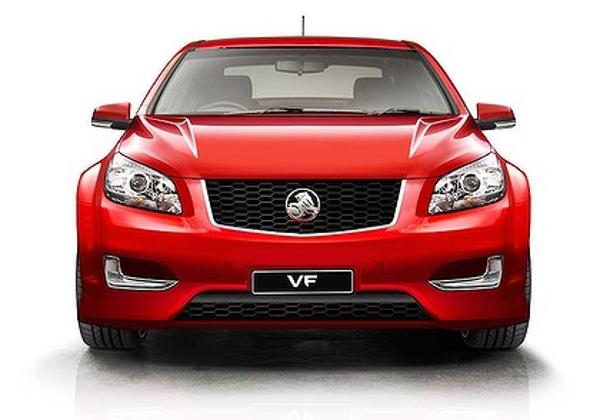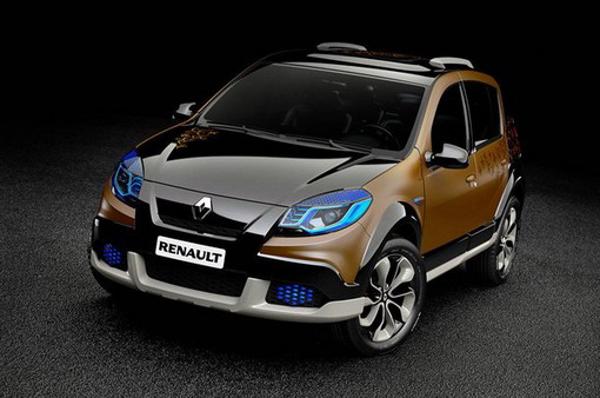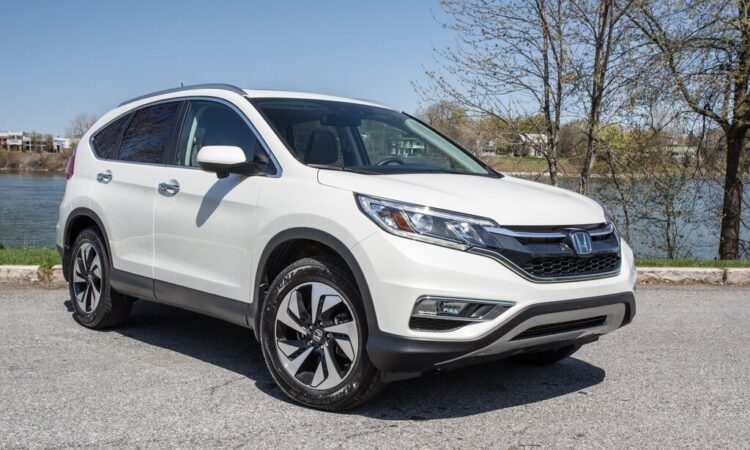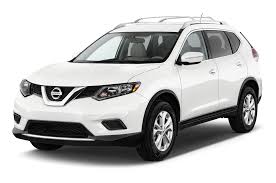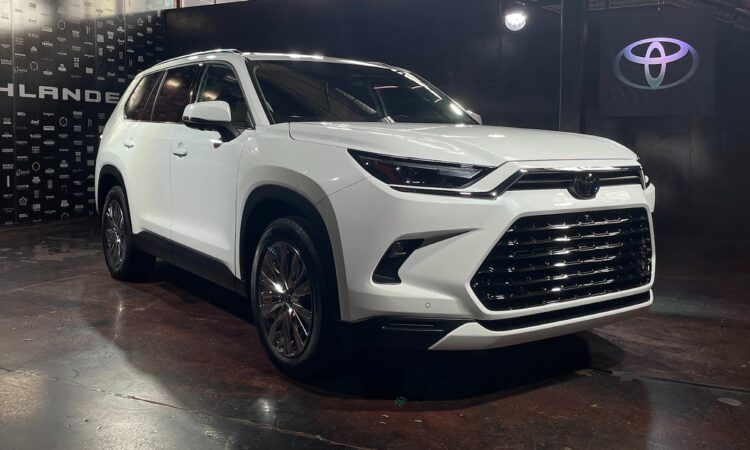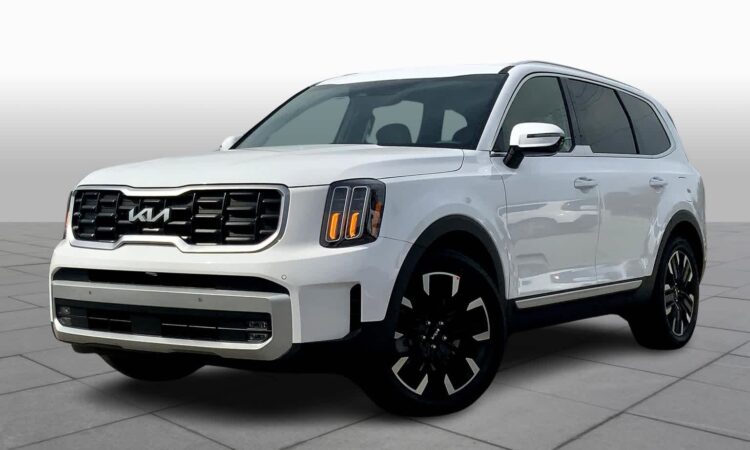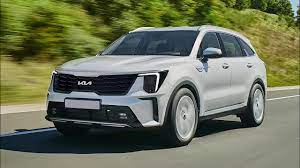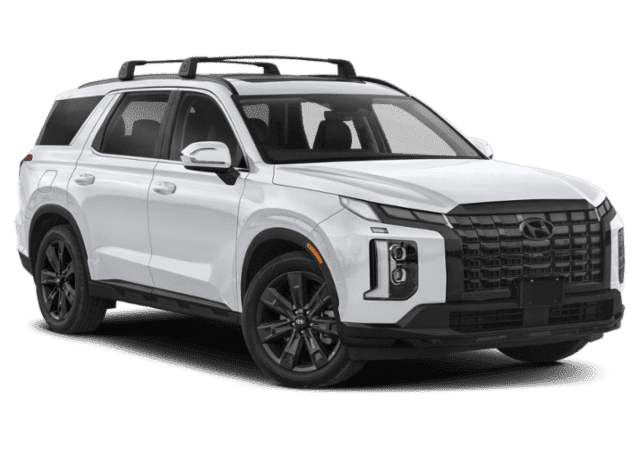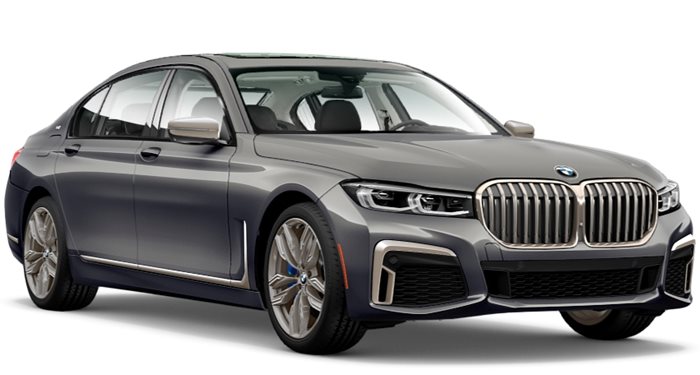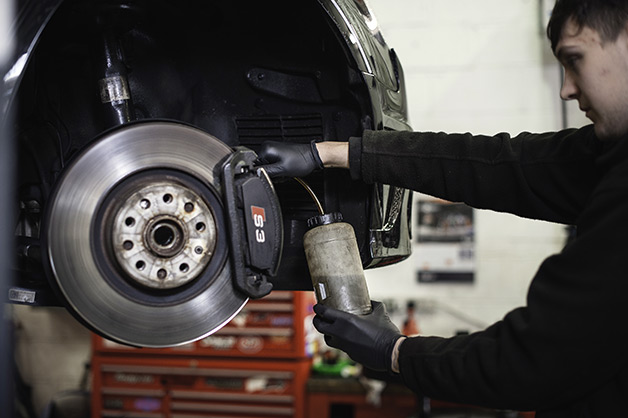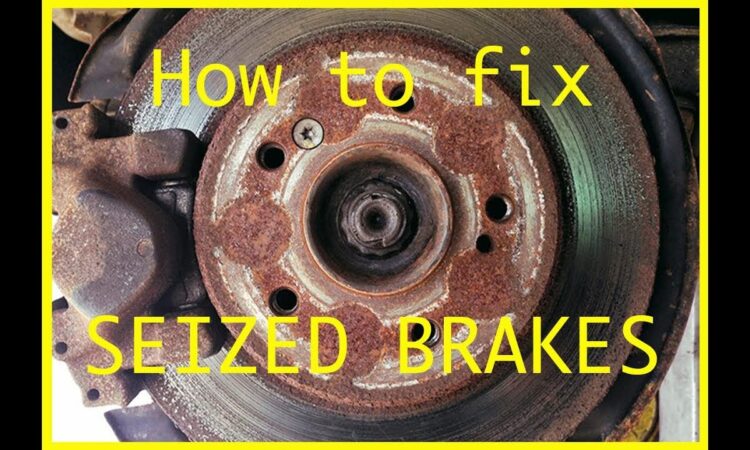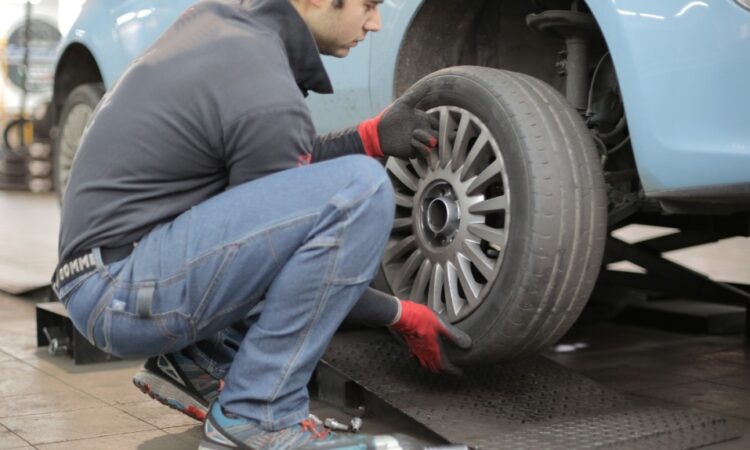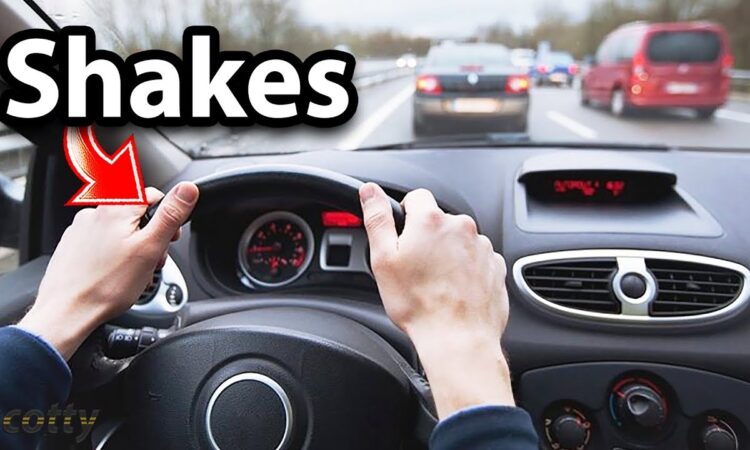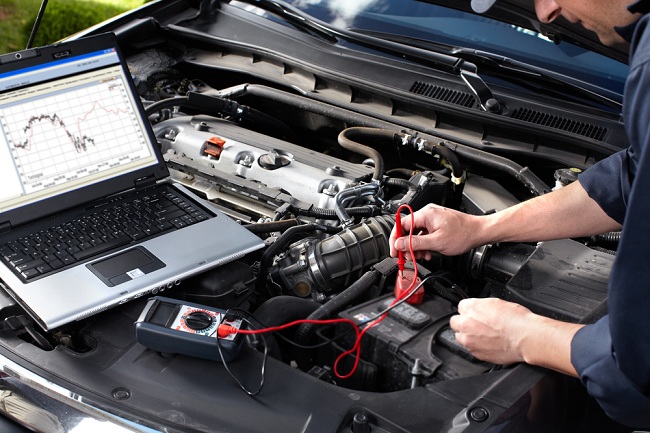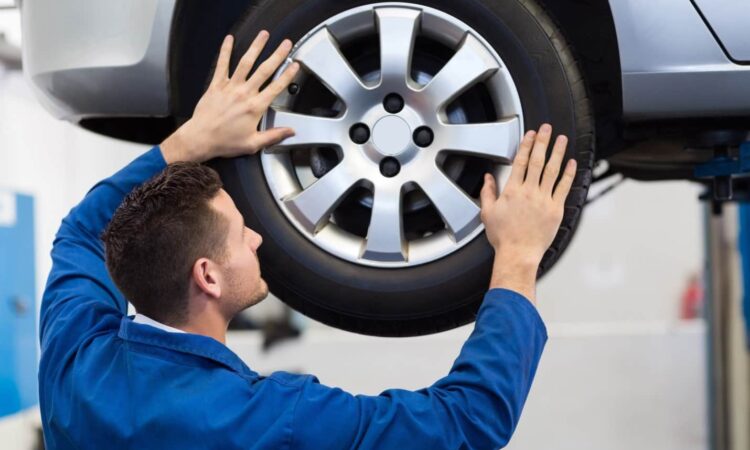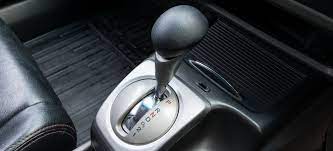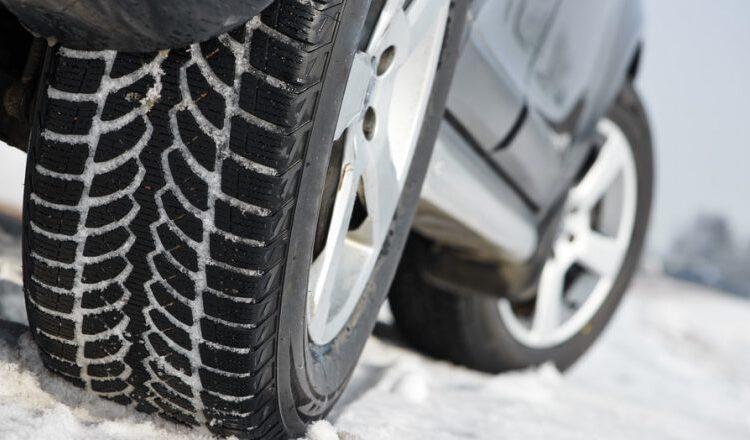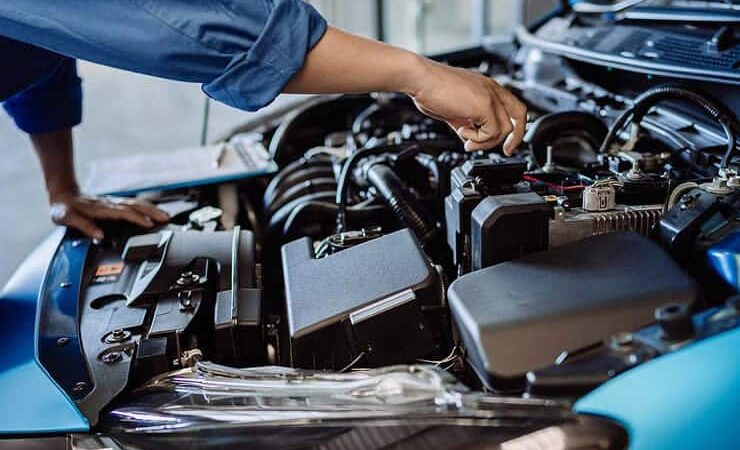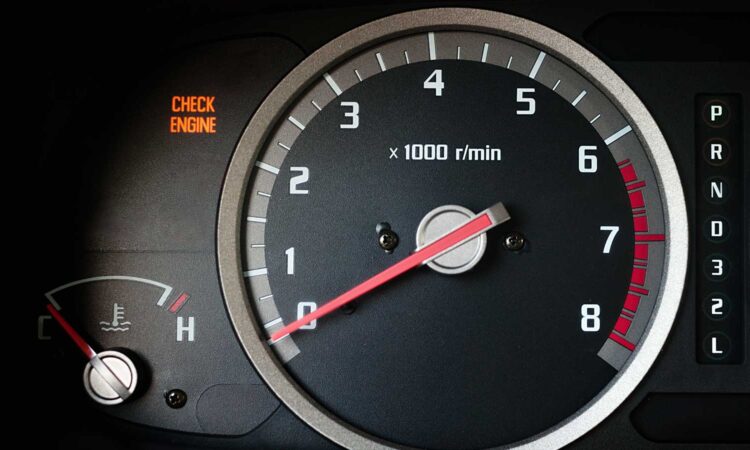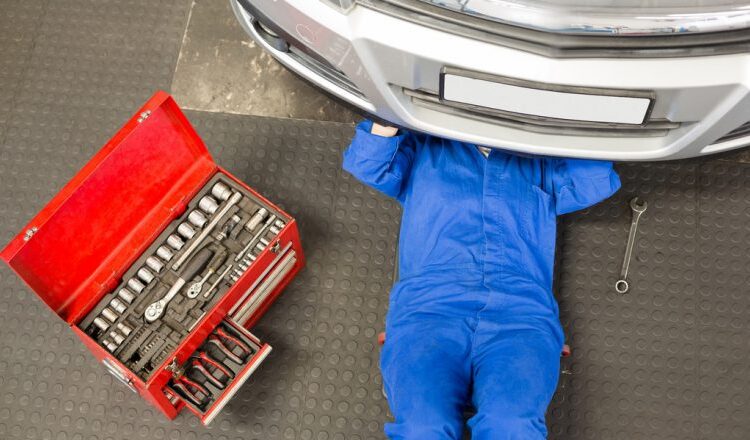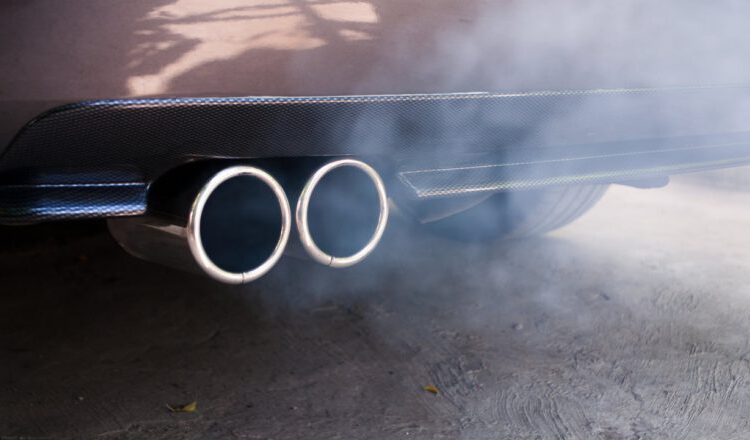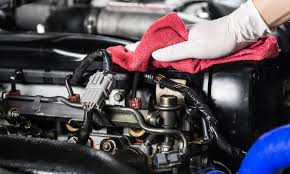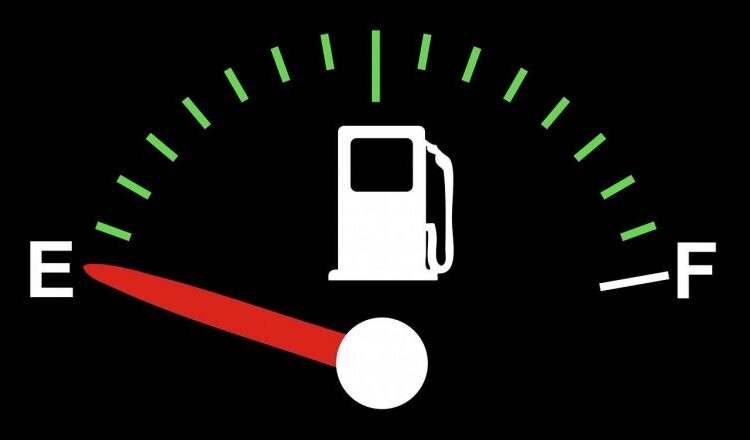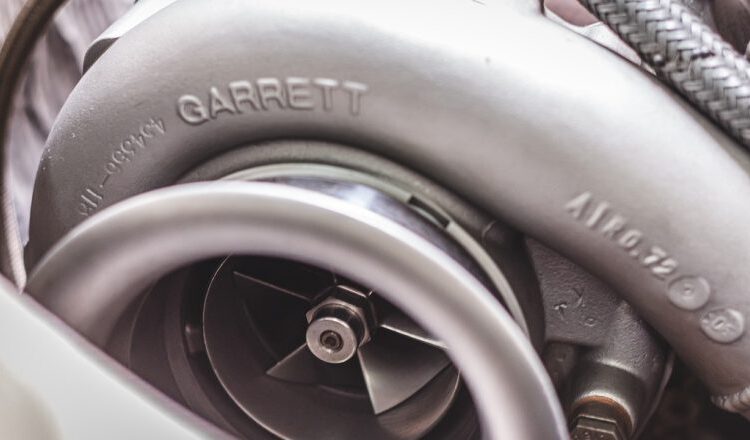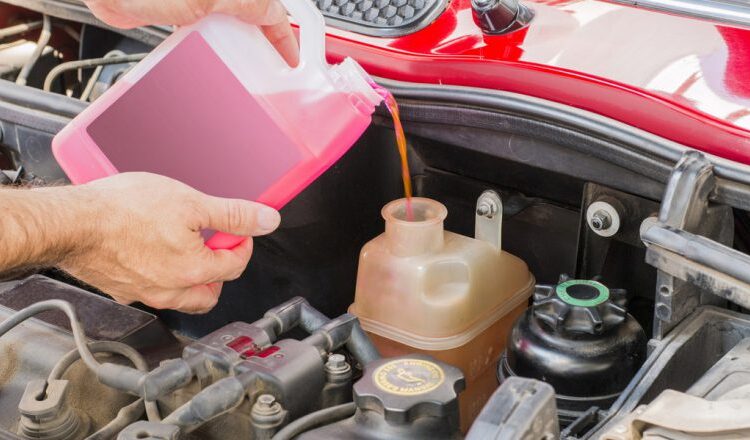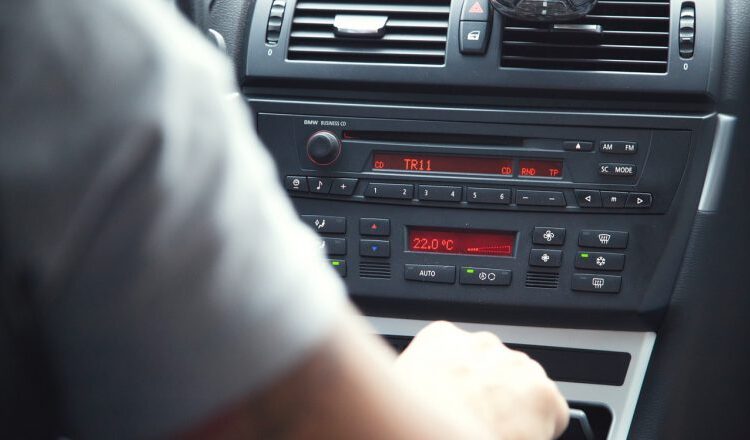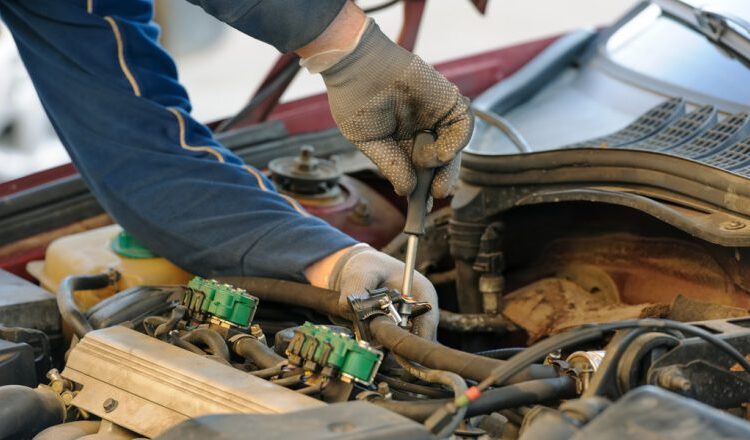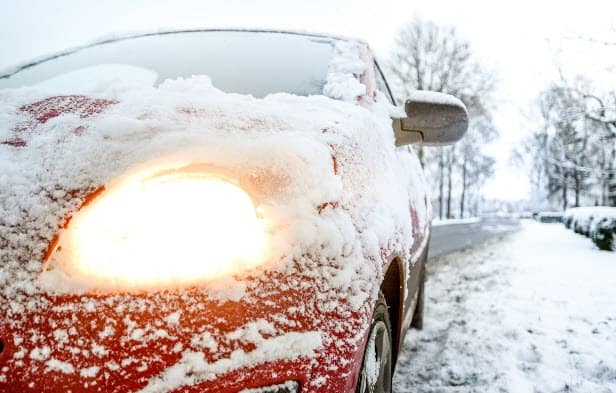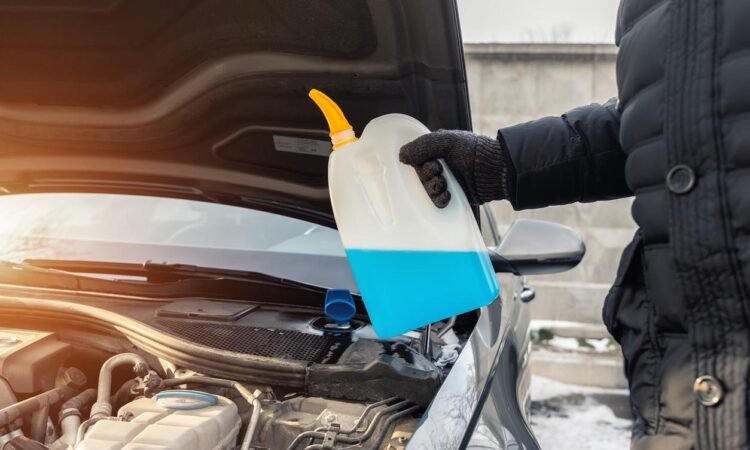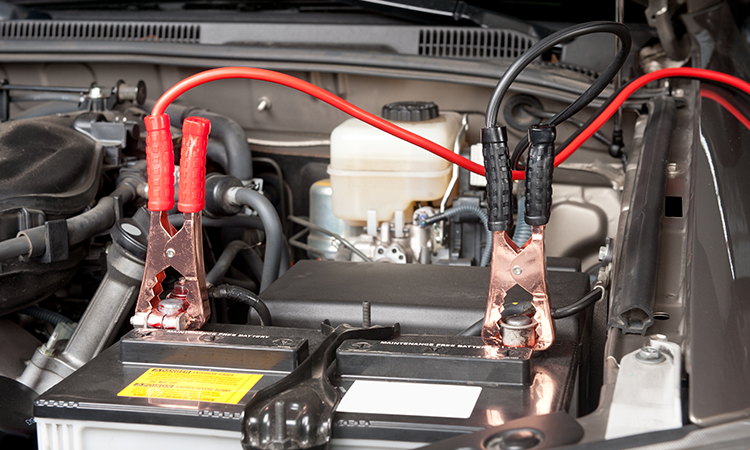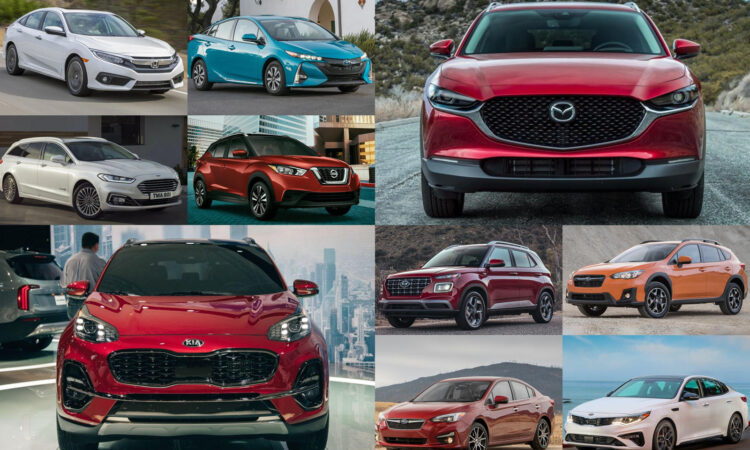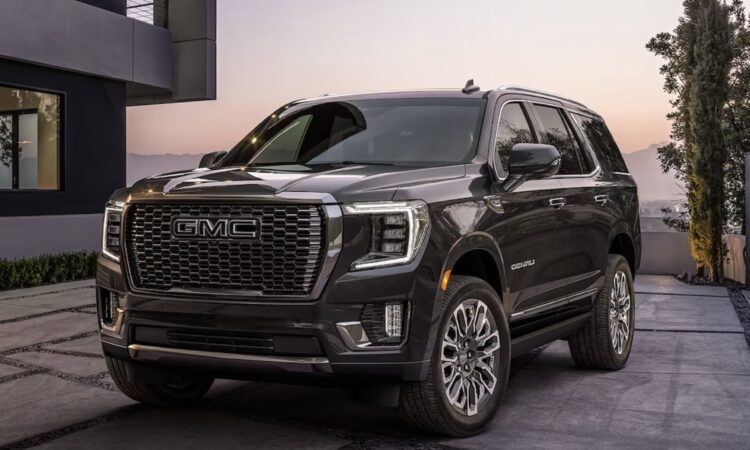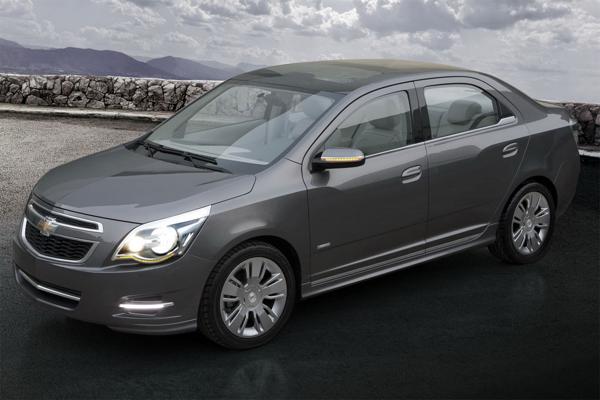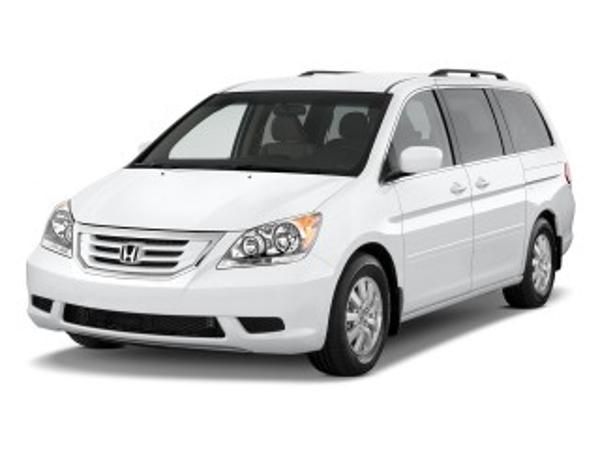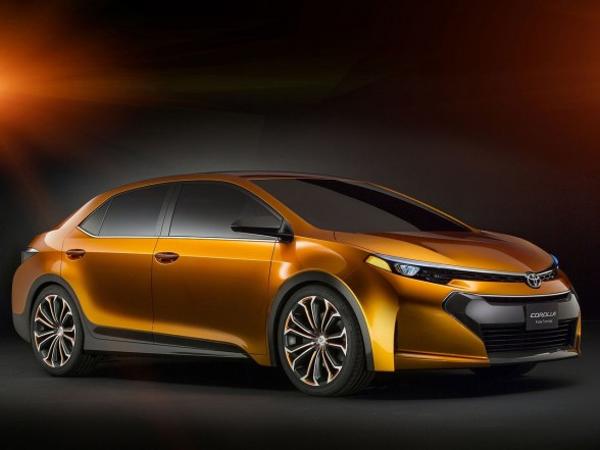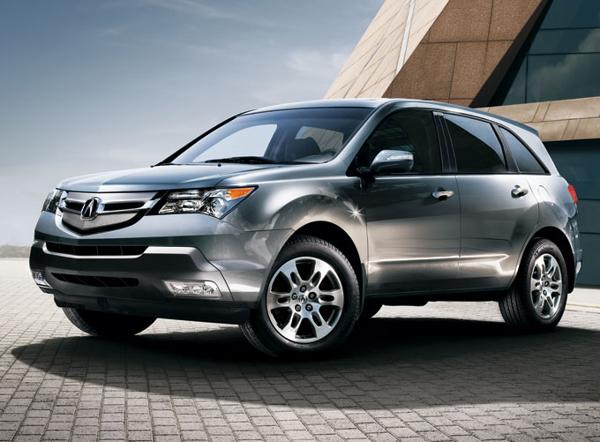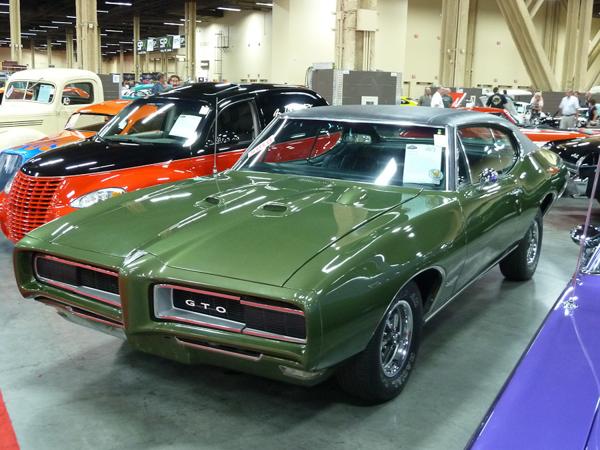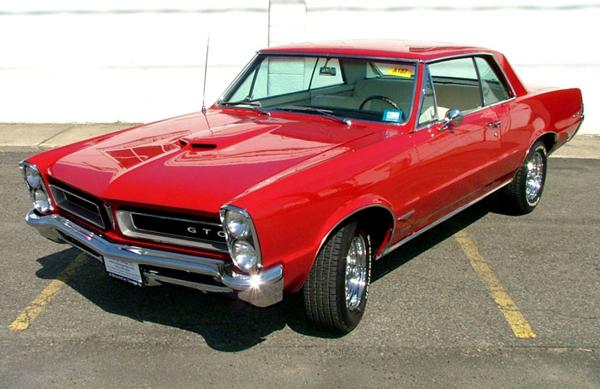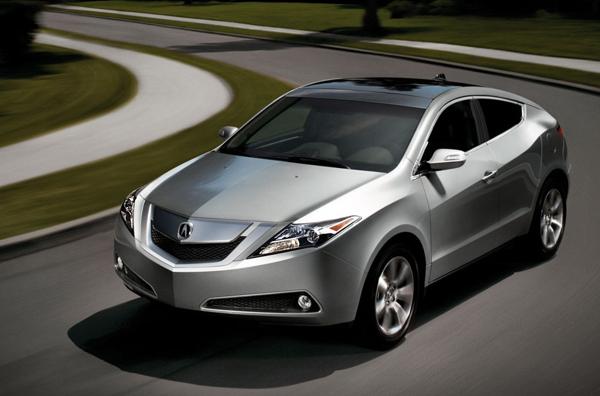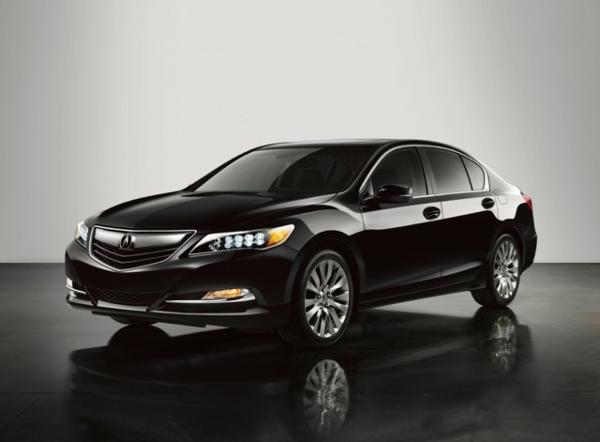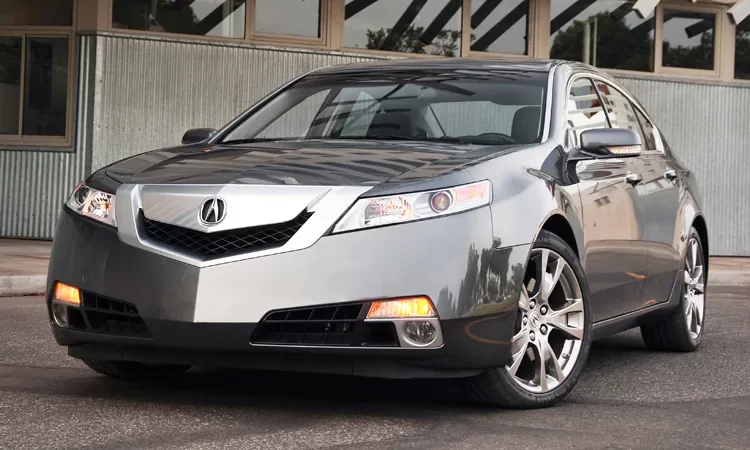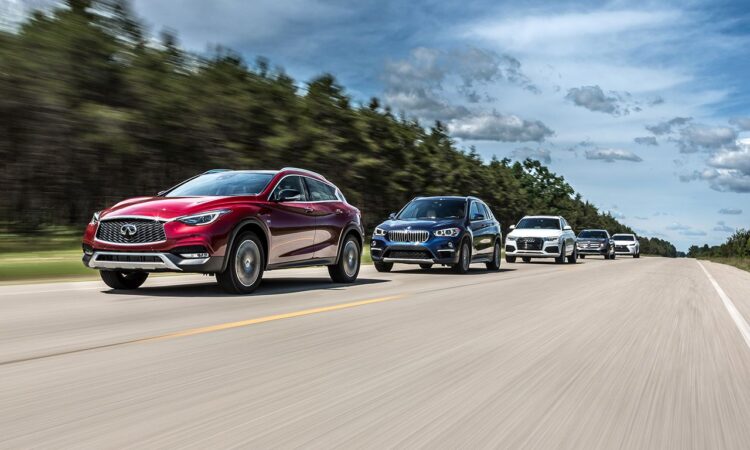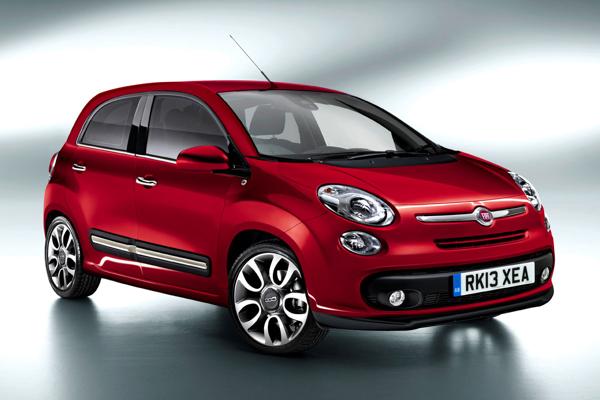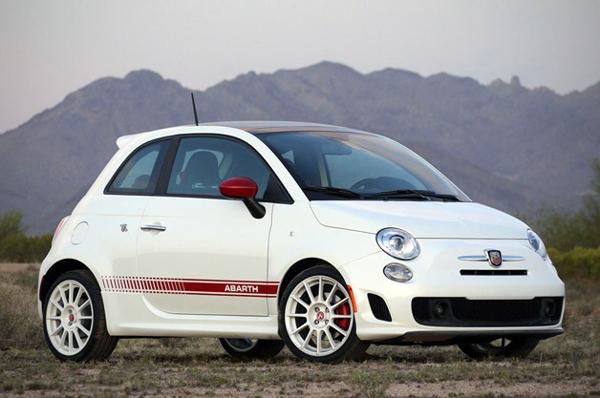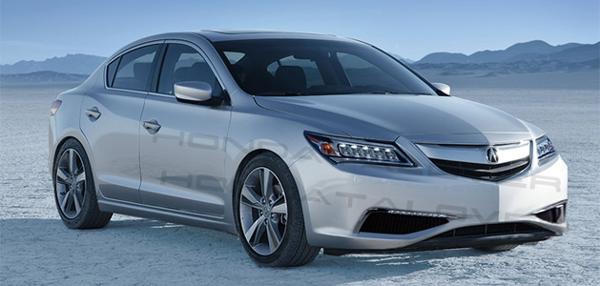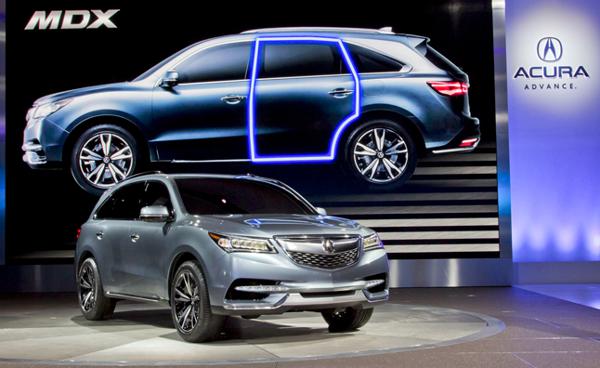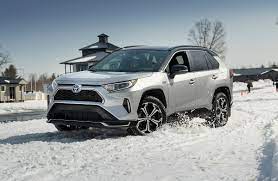
Choosing the Best Small SUV for Snowy Conditions When winter arrives, snowy roads and icy conditions pose unique challenges for drivers. Navigating through these treacherous conditions requires a vehicle that can handle the demands of winter driving with confidence and safety, which you can find in the best compact SUV for snow. If you’re in the market for a new small SUV that can tackle snow-covered roads with ease, you’ve come to the right place. In this comprehensive guide, we’ll delve into the world of small SUVs and help you discover the best options available for snowy conditions.
Winter driving is not something to be taken lightly. The importance of selecting the right vehicle cannot be overstated, especially when it comes to small SUVs. These versatile and compact vehicles offer a winning combination of agility, maneuverability, and all-weather capabilities, making them a popular choice among drivers who value both practicality and performance.
In this article, we will guide you through the process of finding the best small SUV for snowy conditions. We’ll explore the features and technologies that set certain models apart from the rest, enabling them to excel in challenging winter environments. From advanced all-wheel drive systems to specialized traction control, ground clearance, and winter tire compatibility, we’ll examine the key aspects that contribute to a small SUV’s snow-driving prowess.
Our goal is to empower you with the knowledge you need to make an informed decision when choosing a small SUV that can confidently conquer snow-covered roads. We’ll give you our top picks for small SUVs that perform admirably in snowy conditions, along with real-world reviews from drivers who have personally used them.
But selecting the right small SUV is just one part of the equation. Safe driving practices play an equally crucial role in winter conditions. Therefore, we’ll also provide you with valuable tips and advice for safe driving in snow, including proper vehicle preparation, driving techniques for slippery surfaces, and the essential items to have in a winter emergency kit.
Remember, winter driving is about more than just getting from point A to point B—it’s about arriving safely and with peace of mind. With the right small SUV and the knowledge to navigate winter conditions, you can confidently embrace the beauty of the winter season while maintaining your safety on the road.
So, let’s embark on this journey together and find the best small SUV that will make your winter driving experiences both exhilarating and worry-free. Discover the power, control, and reliability that a well-equipped small SUV can offer on snow-covered roads. Let’s dive in and explore the world of small SUVs that truly shine in snowy conditions.

Understanding the Challenges of Driving in Snow: Navigating Snowy Roads: Challenges and Risks
Driving in snowy conditions presents a unique set of challenges and risks that every driver must be prepared to face. Snowy roads can quickly turn treacherous, requiring drivers to exercise caution and adapt their driving techniques accordingly. Understanding these challenges is crucial for appreciating the importance of selecting a small SUV that can confidently navigate through snowy conditions.
One of the primary challenges of driving in snow is the loss of traction. Snow-covered roads are slippery, causing tires to struggle for grip. This reduction in traction makes it more difficult to accelerate, brake, and maintain control of the vehicle. As a result, stopping distances increase, and the risk of skidding or sliding becomes greater. Without the appropriate vehicle and features to counteract this loss of traction, driving in snow can be a nerve-wracking experience.
Reduced visibility is another significant challenge posed by snowy conditions. Falling snow can create a haze that impairs vision, making it harder to see the road ahead, other vehicles, or important traffic signs. Additionally, snow accumulation on the windshield can obstruct the driver’s view, further compromising visibility. Poor visibility increases the risk of accidents, as drivers may not be able to anticipate hazards or react promptly to changing road conditions.
Snowy conditions also bring the potential for encountering unexpected obstacles on the road. Snowdrifts, piled-up snowbanks, and hidden objects beneath the snow pose a risk to drivers. These obstacles can affect ground clearance and potentially damage the vehicle if not navigated carefully. Without the proper vehicle features, attempting to traverse such obstacles can lead to getting stuck or causing damage to the small SUV.
Furthermore, winter weather often brings freezing temperatures that can affect the performance of both the vehicle and its components. Cold weather can cause batteries to drain faster, reducing their capacity to start the vehicle. Thickening of engine fluids, such as oil and coolant, can impact engine efficiency and increase the risk of mechanical issues. Having a small SUV that is designed to withstand and perform well in cold weather conditions can help alleviate these concerns.
Understanding these challenges underscores the importance of selecting a small SUV that is optimized for snow driving. Such vehicles are specifically engineered to handle the demands of snowy conditions, providing enhanced traction, stability, and control. Advanced features like all-wheel drive (AWD) or four-wheel drive (4WD) systems, traction control, and specialized winter tires work together to improve grip and maneuverability on slippery surfaces.
By choosing a small SUV that excels in snow performance, drivers can significantly reduce the challenges and risks associated with winter driving. These vehicles offer increased stability and control, allowing drivers to navigate through snowy roads with greater confidence. The incorporation of features designed to enhance traction, such as advanced AWD systems and specialized winter tires, provides drivers with a higher level of grip, reducing the likelihood of skidding or getting stuck.
In the next section, we will delve into the key features to look for in a small SUV for snow driving. By understanding these features and their benefits, you will be equipped with the knowledge necessary to make an informed decision and select the best small SUV for your winter adventures. Let’s explore the world of snow-focused features that can transform your winter driving experience from challenging to enjoyable.
Key Features to Look for in a Small SUV for Snow: Features That Enhance Snow Performance
When it comes to driving in snowy conditions, having a small SUV with the right features can make all the difference. These features are designed to enhance snow performance, providing better traction, control, and stability on snow-covered roads. In this section, we will explore the key features you should look for when choosing a small SUV that excels in snowy conditions.
- All-Wheel Drive (AWD) or Four-Wheel Drive (4WD) Systems:
One of the most critical features to consider in a small SUV for snow driving is an advanced all-wheel drive (AWD) or four-wheel drive (4WD) system. These systems distribute power to all four wheels of the vehicle, improving traction and providing better control on slippery surfaces. AWD and 4WD systems continuously monitor road conditions and adjust power distribution to the wheels with the most grip, maximizing traction in challenging snow conditions. This feature is particularly beneficial when accelerating from a stop or navigating through deep snow or icy patches. - Traction Control System:
A traction control system is another vital feature that enhances snow performance in a small SUV. This system works in conjunction with the vehicle’s stability control system to prevent wheel slip during acceleration. It automatically adjusts engine power and braking force to the wheels, ensuring optimal traction and minimizing the risk of skidding or spinning out on slippery surfaces. A well-calibrated traction control system can make a noticeable difference in maintaining control and stability while driving in snow. - Ground Clearance:
Snowy conditions often result in uneven road surfaces, including snowdrifts and accumulated snow. A small SUV with adequate ground clearance is essential for navigating these obstacles without scraping the undercarriage or getting stuck. Ground clearance refers to the distance between the lowest point of the vehicle and the ground. Opting for a small SUV with higher ground clearance provides better maneuverability over snow-covered terrain and reduces the risk of bottoming out. - Winter Tires:
Winter tires are specifically designed to provide superior traction and control in snow and icy conditions. Look for a small SUV that is compatible with winter tires or comes equipped with them from the factory. These tires feature unique tread patterns and rubber compounds that enhance grip on slippery surfaces, allowing for better acceleration, braking, and cornering performance. Winter tires can greatly improve a small SUV’s snow-driving capabilities, providing peace of mind and safety on snowy roads. - Heated Seats and Steering Wheel:
While not directly related to snow performance, heated seats and steering wheels are invaluable features that add comfort and convenience during winter driving. They provide warmth to the driver and passengers, making the overall driving experience more enjoyable in cold weather. The heated seats can help keep you cozy, while a heated steering wheel ensures a comfortable grip, even with gloved hands. These features may seem like minor luxuries, but they can make a significant difference in your winter driving comfort.
By considering these key features, you can choose a small SUV that is well-equipped to handle snowy conditions with confidence. The combination of advanced all-wheel drive systems, traction control, appropriate ground clearance, winter tires, and comfort-enhancing features ensures optimal snow performance and provides you with the control and safety you need when driving in challenging winter weather.
In the next section, we will explore our top picks for small SUVs that excel in snowy conditions. We will provide a comprehensive overview of each model, highlighting their snow-focused features, performance, and real-life testimonials from drivers who have experienced their capabilities in snowy environments. Let’s dive into the world of small SUVs that truly shine in the snow.
Additional Factors to Consider When Choosing a Small SUV for Snow:
While snow performance is a crucial factor when selecting a small SUV for snowy conditions, there are other important considerations to keep in mind. These factors can further enhance your overall winter driving experience and ensure that the small SUV you choose meets all your needs. In this section, we will explore additional factors to consider when making your decision.
- Interior Space and Comfort:
When venturing out in snowy conditions, it’s important to have a small SUV that provides ample interior space and comfort for both the driver and passengers. Consider the size and layout of the vehicle’s cabin, the quality of materials used, and the overall ergonomics. A spacious and well-appointed interior can make long drives in winter more enjoyable for everyone. Look for features like heated seats, dual-zone climate control, and a user-friendly infotainment system to enhance comfort and convenience. - Fuel Efficiency:
Fuel efficiency is a factor that is often overlooked when considering a small SUV for snowy conditions. However, it can play a significant role, especially if you live in an area with long, harsh winters. Opting for a small SUV with good fuel efficiency can save you money on fuel costs in the long run. Look for models with efficient engines, aerodynamic designs, and technologies like automatic start-stop systems, which shut off the engine when idling to conserve fuel. - Reliability and maintenance costs:
Reliability is a crucial aspect to consider when choosing any vehicle, and it becomes even more important when driving in snowy conditions. You want a small SUV that you can depend on in challenging winter weather without frequent breakdowns or unexpected repairs. Research the reliability ratings of the models you’re considering and read reviews from current owners. Additionally, consider the maintenance costs associated with the small SUV, including routine maintenance, parts availability, and the overall cost of ownership. - Safety Features:
In addition to the snow-specific safety features mentioned earlier, it’s important to consider the overall safety features offered by the small SUV. Look for models that have earned high safety ratings from organizations such as the National Highway Traffic Safety Administration (NHTSA) or the Insurance Institute for Highway Safety (IIHS). Features like blind-spot monitoring, rearview cameras, adaptive cruise control, and lane-keeping assist can further enhance your safety on the road, regardless of the weather conditions. - Price and Value:
Budget is always an essential consideration when purchasing a vehicle. Determine your budget range and explore small SUVs that fit within that range. Consider the value that each model offers in terms of features, performance, reliability, and resale value. While it’s important to find a small SUV that meets your snow-driving needs, it’s equally important to ensure that you’re getting a good overall value for your investment. - Personal Preference:
Lastly, don’t forget to consider your own personal preferences. Take into account factors like exterior design, brand reputation, and the availability of dealership service centers in your area. It’s essential to choose a small SUV that aligns with your preferences and reflects your style.
By considering these additional factors alongside snow performance, you can make a well-rounded decision when selecting a small SUV for snowy conditions. Keep in mind that finding the right balance between snow-specific features, overall comfort, fuel efficiency, reliability, safety, and personal preference will result in a small SUV that not only handles winter driving challenges but also meets all your other needs and preferences.
In the next section, we will provide a comprehensive comparison of the top small SUVs for snowy conditions, taking into account all the factors discussed so far. This comparison will give you a clear overview of the strengths and weaknesses of each model, enabling you to make an informed decision based on your unique
Tips for Safe Driving in Snowy Conditions:
Driving in snowy conditions requires special attention and precautions to ensure your safety and the safety of others on the road. Whether you’re a new driver or an experienced one, it’s important to be prepared and equipped with the right knowledge. In this section, we will provide you with essential tips for safe driving in snowy conditions.
- Prepare your vehicle.
Before venturing out into snowy conditions, it’s crucial to prepare your vehicle properly. Clear all windows, mirrors, and lights of snow and ice, as this will maximize visibility. Make sure your vehicle’s tires are properly inflated and have sufficient tread depth for better traction. Consider installing winter tires if you frequently drive in snowy areas, as they provide superior grip on slippery surfaces. Additionally, check that your vehicle’s battery, brakes, and wipers are in good condition to ensure optimal performance in winter weather. - Slow down and increase the following distance:
Reducing your speed is one of the most important things you can do when driving in snowy conditions. Snow and ice reduce traction, making it more difficult to stop or maneuver. Slow down and maintain a safe, consistent speed that suits the road conditions. Also, increase the following distance between your vehicle and the one ahead of you:. This will allow for additional stopping distance in the event of unexpected braking or skidding. - Brake and Accelerate Smoothly:
When driving in snowy conditions, it’s crucial to brake and accelerate smoothly to maintain control of your vehicle. Apply gentle pressure to the brakes to avoid skidding. If your vehicle has an antilock braking system (ABS), keep steady pressure on the brake pedal and let the system do its job. When accelerating, do so gradually to avoid wheel spin. Applying too much throttle too quickly can cause the wheels to lose traction and lead to skidding. - Steer smoothly and predictively.
Smooth and predictable steering is essential for maintaining control on snow-covered roads. Avoid sudden or aggressive movements of the steering wheel, as this can cause the vehicle to slide or lose traction. Make steering adjustments gradually and smoothly, anticipating turns well in advance. If your vehicle starts to skid, steer in the direction you want the front wheels to go and avoid overcorrecting. - Use Your Lights:
Visibility is crucial in snowy conditions, both for you and other drivers on the road. Always use your headlights, even during the daytime, to increase your visibility to others. If visibility is significantly reduced, consider using your fog lights or hazard lights to alert other drivers of your presence. Remember to clear any snow or ice from your vehicle’s lights to ensure they are fully functional. - Be mindful of black ice.
Black ice, a thin and transparent layer of ice on the road surface, can be extremely dangerous as it’s difficult to spot. Be particularly cautious when temperatures are near freezing, as black ice tends to form in these conditions. Drive at slower speeds, avoid sudden maneuvers, and be prepared for reduced traction. If you encounter black ice, remain calm, steer straight, and gently apply the brakes to regain control. - Stay informed and plan ahead.
Stay informed about weather conditions and road conditions before embarking on your journey. Listen to local weather reports, check online resources, or use smartphone apps to get real-time updates on road conditions. Plan your route in advance, considering major roads that are more likely to be cleared and salted. If conditions are extremely hazardous, consider postponing your trip until conditions improve or seeking alternative modes of transportation. - Carry Emergency Supplies: In case of an emergency or getting stranded, it’s essential to have necessary supplies in your vehicle. Pack a winter emergency kit that includes items such as a snow shovel, ice scraper, extra-warm clothing and blankets, a flashlight, a fully charged cell phone, water, non-perishable snacks, and jumper cables. Having these supplies on hand can provide comfort and safety in unexpected situations.
Remember, the key to safe driving in snowy conditions is to exercise caution, be prepared, and adapt your driving to the road conditions. Always prioritize your safety and the safety of others on the road. By following these tips, you can navigate through snowy terrain with confidence and reduce the risk of accidents or mishaps.
Frequently Asked Question (FAQ) – Best Small SUVs for Snow
Q: What are the best small SUVs for snowy conditions?
A: The top small SUVs for snowy conditions include the Subaru Forester, Honda CR-V, Toyota RAV4, Mazda CX-5, Ford Escape, and Jeep Cherokee. These vehicles offer advanced all-wheel drive systems, traction-enhancing features, spacious interiors, and an array of safety technologies.
Q: What key features should I look for in a small SUV for snow?
A: When selecting a small SUV for snowy conditions, consider features such as all-wheel drive systems, traction control, winter tires, advanced safety technologies, interior space and comfort, fuel efficiency, reliability, and price.
Q: How do these small SUVs perform in the snow?
A: The Subaru Forester, Honda CR-V, Toyota RAV4, Mazda CX-5, Ford Escape, and Jeep Cherokee are all known for their excellent performance in snowy conditions. They offer advanced drivetrain systems, winter-focused features, and reliable track records that provide optimal traction and control on snow-covered roads.
Q: What are some tips for safe driving in snowy conditions?
A: To drive safely in snowy conditions, prepare your vehicle by clearing snow and ice, slow down and increase your following distance, brake and accelerate smoothly, steer smoothly and predictably, use your lights, be mindful of black ice, stay informed about road conditions, and carry emergency supplies.
Q: Are winter tires necessary for driving in snowy conditions?
A: While some small SUVs may come equipped with all-season tires, investing in a set of dedicated winter tires can significantly enhance traction and braking performance on snow and ice. Winter tires are designed with a unique tread pattern and rubber compound that stays pliable in cold temperatures, providing superior grip.
Q: What factors should I consider beyond snow performance when choosing a small SUV for snow?
A: In addition to snow performance, consider factors such as interior space and comfort, fuel efficiency, reliability, safety features, price, and personal preference when selecting a small SUV for snowy conditions.
Q: How can I ensure a safe winter driving experience in a small SUV?
A: To ensure a safe winter driving experience, prepare your vehicle for winter driving, adjust your driving habits by slowing down and increasing your following distance, stay informed about road conditions, and carry emergency supplies in case of unexpected situations.
Q: What is the importance of all-wheel drive in a small SUV for snowy conditions?
A: All-wheel drive systems provide power to all four wheels, enhancing traction and control on slippery surfaces like snow and ice. This feature helps improve a small SUV’s performance in snowy conditions and ensures better stability and handling.
Q: Which small SUV offers the best overall value for snow performance?
A: The Subaru Forester, Honda CR-V, Toyota RAV4, Mazda CX-5, Ford Escape, and Jeep Cherokee are all considered excellent choices for snow performance. Consider your specific needs, preferences, and budget to determine which small SUV offers the best overall value for you.
Q: How can I test the snow performance of a small SUV before purchasing?
A: It’s recommended to test drive the small SUVs you are considering in snowy conditions. Pay attention to how they handle, their braking performance, and overall stability on snow-covered roads. This hands-on experience will give you a firsthand feel for how well the vehicle responds to winter driving challenges.
Q: Can I use my regular all-season tires in snowy conditions?
A: While all-season tires provide decent performance in various weather conditions, they are not specifically designed for extreme winter conditions. For optimal safety and performance in snowy conditions, it is recommended to switch to dedicated winter tires, which have a tread pattern and rubber compound designed to provide better traction and grip on snow and ice.
Q: Are small SUVs safer than other vehicle types in snowy conditions?
A: Small SUVs generally offer better traction and stability due to their higher ground clearance and all-wheel drive capabilities. However, it is important to note that safety on snowy roads depends on several factors, including the driver’s skills, road conditions, and the vehicle’s safety features. It is advisable to choose a small SUV equipped with advanced safety technologies and features to enhance overall safety.
Q: How can I stay updated on road conditions during winter driving?
A: To stay informed about road conditions, listen to local weather reports, check online resources such as weather and road condition websites, and consider using smartphone apps that provide real-time updates on road conditions. Additionally, some states or regions have dedicated phone hotlines or social media accounts that provide information on road conditions.
Q: Are there any specific driving techniques I should follow in snowy conditions?
A: Yes, when driving in snowy conditions, it is important to adjust your driving techniques. Drive at a slower speed, increase your following distance, brake and accelerate gently, and make smooth steering adjustments. Avoid sudden maneuvers, such as sharp turns or hard braking, as they can cause skidding or loss of control. Maintaining a calm and focused mindset while driving in the snow is crucial.
Q: What are some indicators of black ice on the road?
A: Black ice is difficult to detect as it appears transparent, blending in with the road surface. However, you can look for shiny or glossy areas on the road that do not appear wet, as this may indicate the presence of black ice. Be cautious when driving over bridges, overpasses, or shaded areas, as these areas tend to freeze first and are more prone to black ice formation.
Q: Can I drive in snowy conditions if I have no prior experience?
A: Driving in snowy conditions requires additional skills and awareness compared to driving in normal weather. If you have no prior experience driving in the snow, it is advisable to practice in a safe and controlled environment under the guidance of an experienced driver. Consider taking a winter driving course to learn the necessary techniques and gain confidence before venturing out on snowy roads.
Q: Is it necessary to have an emergency kit in my small SUV for snowy conditions?
A: Yes, it is highly recommended to have an emergency kit in your small SUV when driving in snowy conditions. Your emergency kit should include items such as a snow shovel, ice scraper, extra warm clothing and blankets, a flashlight, a fully charged cell phone, water, non-perishable snacks, and jumper cables. These items can provide comfort and safety in case of an emergency or if you get stranded in snowy conditions.
Q: Can I rely solely on electronic safety features in my small SUV for snowy conditions?
A: Electronic safety features such as traction control, stability control, and antilock braking systems are designed to enhance your vehicle’s safety in various conditions, including snowy roads. While these features can be beneficial, they should not replace safe driving practices. It is essential to drive responsibly, adjust your driving techniques to the conditions, and not solely rely on electronic systems to prevent accidents.
Q: Should I avoid driving in snowy conditions altogether?
A: If road conditions are extremely hazardous and travel is not necessary, it is advisable to avoid driving in snowy conditions. However, if driving is unavoidable, ensure that you are well-prepared, have a suitable vehicle
, and follow safe driving practices. Always prioritize your safety and make informed decisions based on the severity of the weather and your driving capabilities.
Making the Right Choice for Safe Winter Driving
Choosing the best small SUV for snowy conditions is an important decision that can greatly impact your safety and driving experience during the winter months. Throughout this article, we have discussed the key factors to consider when selecting a small SUV for snow, highlighted the top small SUVs that excel in snowy conditions, and provided essential tips for safe driving in the snow. By combining these insights, you can make an informed decision and ensure a safe and enjoyable winter driving experience.
Understanding the challenges of driving in snow is crucial in order to appreciate the importance of selecting a small SUV with the right features. Snow can significantly impact traction, visibility, and overall vehicle handling. That’s why it’s essential to prioritize features such as all-wheel drive systems, traction control, winter tires, and advanced safety technologies when choosing a small SUV for snowy conditions.
We explored the top small SUVs for snow, including the Subaru Forester, Honda CR-V, Toyota RAV4, Mazda CX-5, Ford Escape, and Jeep Cherokee. These vehicles are renowned for their snow performance, thanks to their advanced drivetrain systems, winter-focused features, and reliable track records. They offer a combination of safety, versatility, and comfort that make them excellent choices for navigating through snow-covered roads.
In addition to selecting the right small SUV, we discussed the importance of additional factors such as interior space and comfort, fuel efficiency, reliability, safety features, price, and personal preference. Considering these factors ensures that your chosen small SUV meets all your needs beyond snow performance and enhances your overall winter driving experience.
To ensure safe driving in snowy conditions, we provided essential tips and guidelines. These tips included preparing your vehicle for winter driving, adjusting your driving habits, staying informed about road conditions, and carrying emergency supplies. By following these recommendations, you can minimize the risks associated with winter driving and increase your safety on the road.
Remember, choosing the best small SUV for snowy conditions is not a one-size-fits-all decision. It depends on your specific needs, preferences, and budget. Take the time to research and test drive different models to find the one that aligns with your requirements and provides the best balance of snow performance, comfort, safety, and value.
In conclusion, driving in snowy conditions requires careful consideration and preparation. By selecting a small SUV that excels in snow performance, taking into account additional factors, and following safe driving practices, you can confidently navigate through winter’s challenges. Remember, safety should always be your top priority. Choose wisely, drive responsibly, and enjoy the winter wonderland with peace of mind.
With the information provided in this article, you are now equipped with the knowledge to make an informed decision when choosing the best small SUV for snowy conditions. Stay safe and enjoy the winter driving experience!
References:
- “Best Small SUVs for Snowy Conditions” (Car and Driver). Available at: [https://www.caranddriver.com/best/best-small-suvs-for-snow]
- “Winter Driving Tips: How to Drive Safely in Snow and Ice” – AAA Exchange. Available at: [https://exchange.aaa.com/safety/driving-advice/winter-driving-tips]
- “Choosing the Right Winter Tires” – Tire Rack. Available at: [https://www.tirerack.com/tires/tiretech/techpage.jsp?techid=125]
- “The Importance of All-Wheel Drive in Snowy Conditions” – Edmunds. Available at: [https://www.edmunds.com/car-technology/what-is-all-wheel-drive.html]
- “Preparing Your Vehicle for Winter” – National Highway Traffic Safety Administration. Available at: [https://www.nhtsa.gov/winter-driving-tips]
- “Safe Winter Driving Techniques” – State Farm. Available at: [https://www.statefarm.com/simple-insights/safety/safe-winter-driving-techniques]
- “Tips for Driving on Black Ice” – The Weather Channel. Available at: [https://weather.com/safety/winter/news/tips-for-driving-on-black-ice]
- “Winter Driving Courses for Improved Safety” – Driving.ca. Available at: [https://driving.ca/auto-news/news/winter-driving-courses-for-improved-safety]
- “Winter Emergency Kit Checklist” – Ready.gov. Available at: [https://www.ready.gov/car]
- “Understanding Electronic Safety Features in Vehicles” – Consumer Reports. Available at: [https://www.consumerreports.org/car-safety/understanding-electronic-safety-features]
Note: The provided references are for informational purposes and further reading. Please ensure to verify the credibility and accuracy of the information obtained from external sources.

